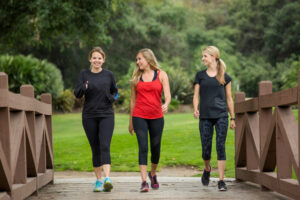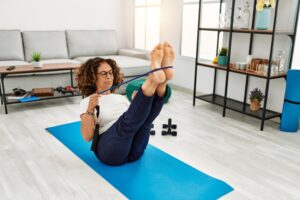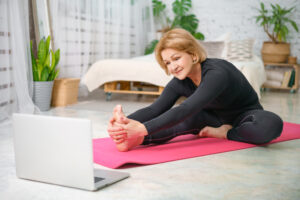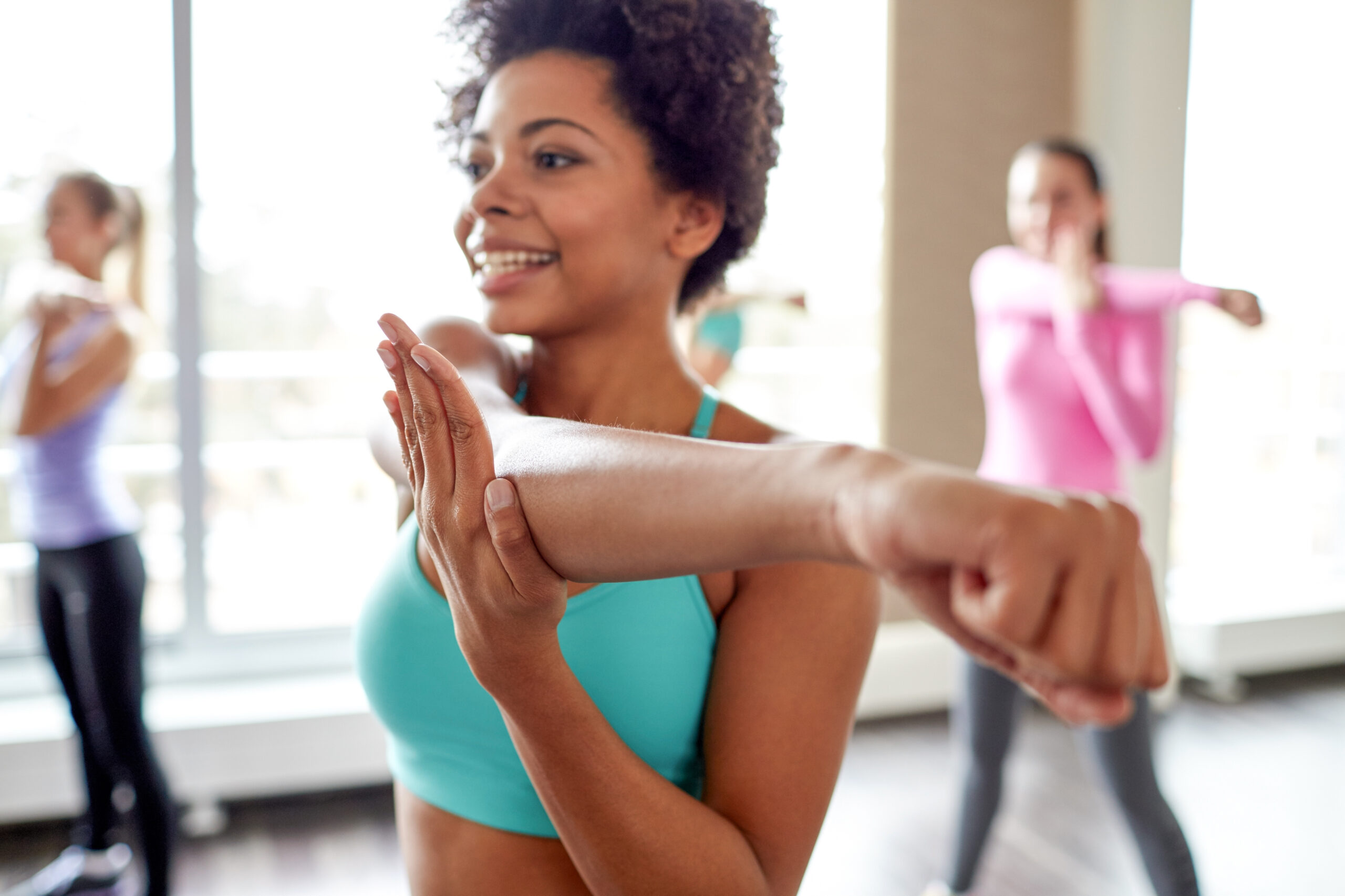This article is part of our new women’s health series that talks about how getting active benefits your health and hormones at different life stages and shares tips and exercises to get the most out of each.
Whether you’re a teenage girl, young woman, in mid-life or are an older woman, every life stage comes with its own unique challenges and changes, largely thanks to hormones – chemical messengers that impact many important bodily processes, including growth, metabolism, sexual function, reproduction and mood.
No matter what life stage you’re at, getting active can help you keep your hormones (and you) happy and healthy. But there are certain activities that can benefit your health and hormones the most at particular stages of your life.
Ages 13-19: Do enjoyable activities to boost your mood & confidence
Did you know that 80–90% of female bone mass is built up by age 16? This is due to a hormone surge that can also wreak havoc with teenage girls’ emotions, leading them to experience high emotional distress and anxiety.

Besides improving their physical fitness, regular physical activity can positively impact teenage girls’ mental health by helping curb mood swings while improving self-esteem. This is especially important because teenage girls are dealing with rapid changes to their bodies that challenge their confidence.
The Canadian 24-Hour Movement Guidelines recommend that tweens and teens get 60 minutes of heart-pumping movement each day. So, encourage the teenage girls in your life to do activities they enjoy so they can form a healthy love of physical activity. This will be critical for helping them weather future hormone storms in the decades ahead!
Your 20s to early 40s: Form healthy habits to lower your cardiovascular disease risk later in life
Your 20s and 30s are a time of rapid personal growth. For many, these are years filled with work, family and new hobbies or interests. Balancing all of this makes getting good quality sleep even more important, because your brain repairs itself during sleep, meaning that being deprived of essential ZZZs could affect your personal performance and keep you from being your best self. During the REM cycles of sleep, key hormones are produced, making regular sleep critical to supporting better hormone balance.

As you move through the decades, regular exercise will help improve your cardiorespiratory efficiency (a good indicator of your overall physical health), something that starts to naturally decline starting in your early 30s. This drop can increase your risk of developing heart disease and lead to muscle and bone strength loss.
Aim to get in 150 minutes of moderate to-vigorous physical activity (MVPA) per week (or about 20 minutes per day) to help trigger a healthy hormone release, increasing your sleep quality and duration while improving your cardiovascular, muscle and bone health!
Your 40s to 50s: Do resistance exercises to avoid muscle & cognitive decline
When you reach middle adulthood, you likely have a better understanding of yourself, including your likes and dislikes. You might also have an “empty nest” or a stable career, giving you more free time. Since physical activity is essential for maintaining good physical, mental and brain health, why not use this extra time to get active? Physical activity can also balance the rising and falling hormones marked by this stage of life.

As hormones rise and fall, conditions like high cholesterol, heart disease and arthritis may appear. Aches, pains and occasional brain fog may leave you feeling unsettled, lowering your motivation and comfort with doing the activities you once enjoyed. Use this as an opportunity to focus on a new goal, like getting active to build muscle.
Rekindle your love of physical activity by learning a new sport or activity like dancing or martial arts. Learning a new skill and varying your exercise routine are important for building your muscles, boosting your brain health and keeping things fresh and exciting. Although getting in 150 minutes of MVPA may look different at this stage, it’s a great time to explore and expand. Be sure to follow regular check-ups with your health-care provider to identify the most appropriate types of exercise for your own needs.
Your 60s & beyond: Keep moving to prevent falls
So, 60 is the new 40, right? Women who embrace daily physical activity during the post-menopause stage would most likely agree. That’s because activity that involves cardiorespiratory training, muscle strengthening and endurance, and flexibility can help you look and feel younger, thanks to a healthy boost of activity-stimulated hormones.

If you retire during your 60s or beyond, you may have more time for physical activity, so continue to experiment with new sports, activities and exercises that can give your muscles and brain new learning opportunities. You can still do the high-intensity interval training (HIIT) workouts you enjoy, but you may need a little more time to recover between workouts. Consider adding activities that require you to move your body in all directions, such as tai chi, dance or yoga, since they can improve your balance and help you reduce your risk of injuries.
If you’ve exercised on and off up to this point, keep in mind that staying fit and strong now can help you get more out of your later years. Participating in activities that promote lean muscle mass growth can boost your strength for essential daily activities like household chores and running errands, allowing you to stay independent!
For more information on how physical activity can improve your daily life, speak to a health-care provider.









